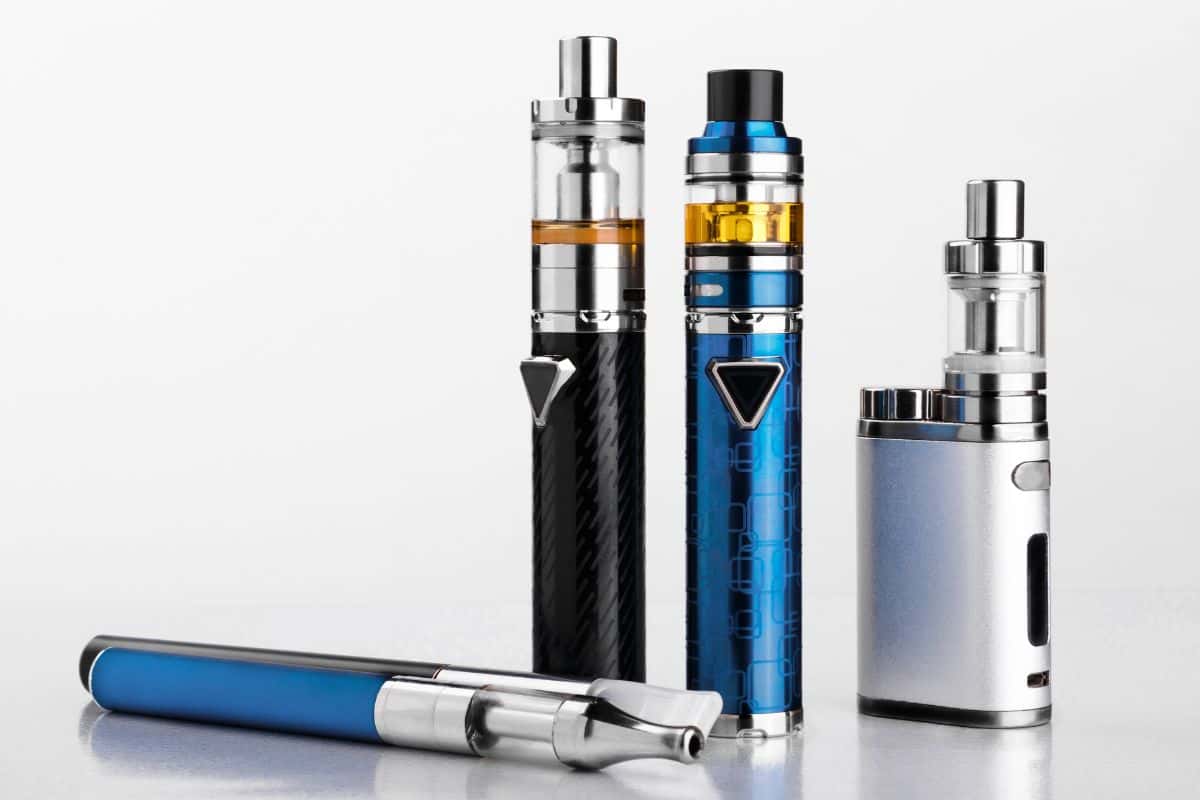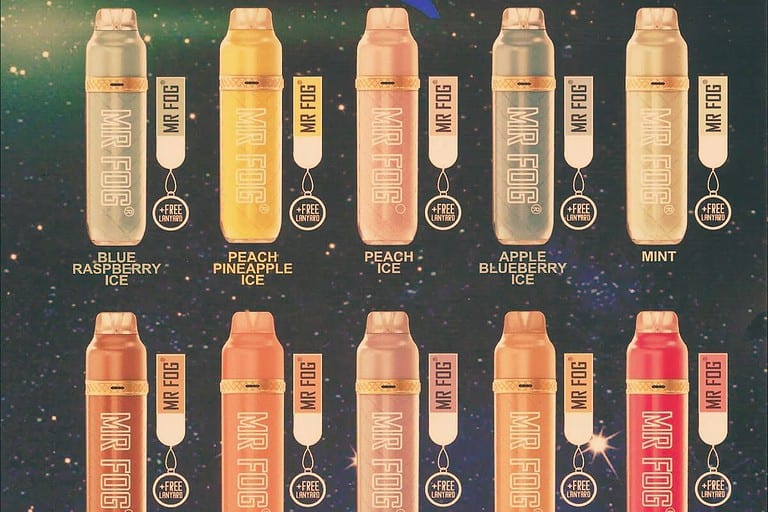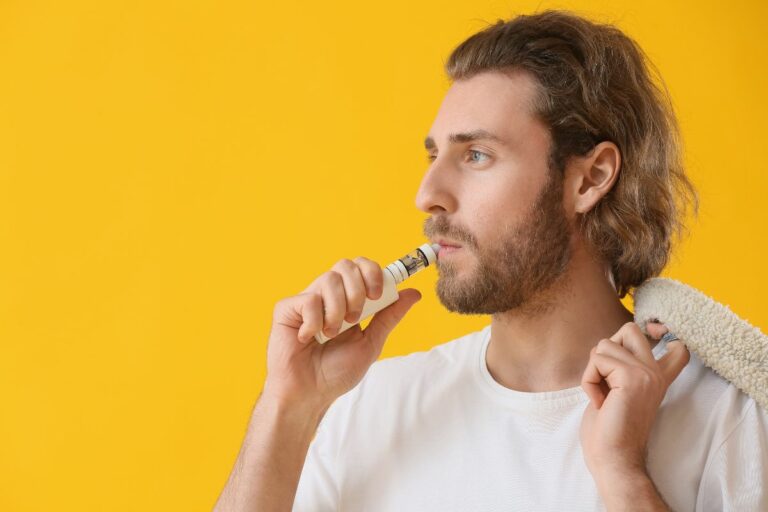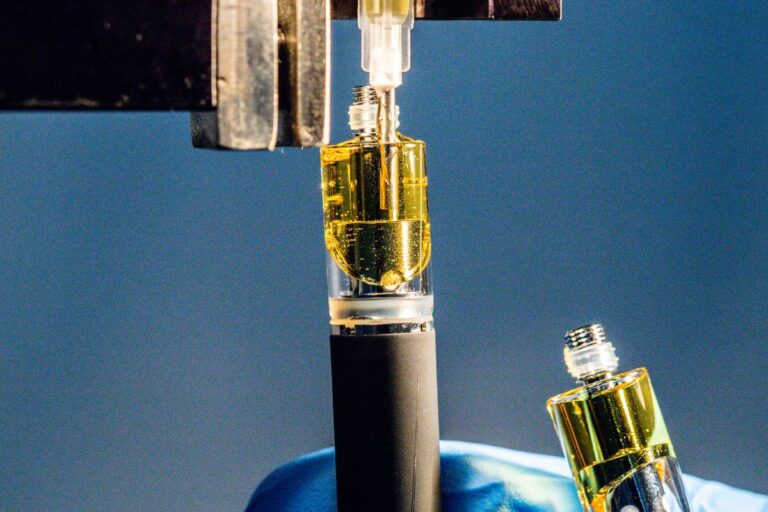How Long Do Rechargeable Vapes Last: A Comprehensive Guide
Rechargeable vapes have become increasingly popular due to their convenience and cost-effectiveness. These devices typically use lithium-ion batteries, which provide a longer lifespan compared to disposable vapes. However, the question of how long rechargeable vapes last depends on several factors, such as the battery capacity, device usage, and charging habits.
Battery capacity plays a crucial role in determining the longevity of a rechargeable vape. For instance, the Hyde Rebel Pro 5000 Puffs Disposable Vape and the Kado Bar BR5000 Disposable Vape 5000 Puffs both offer up to 5,000 puffs before needing to be recharged. On the other hand, the Flum Pebble 6000 Puffs Disposable Vape boasts an even longer usage time with up to 6,000 puffs per charge.
NEW CUSTOMER DISCOUNT
Save 15%
15% OFF YOUR ENTIRE ORDER FOR NEW CUSTOMERS USE CODE WELCOME15!
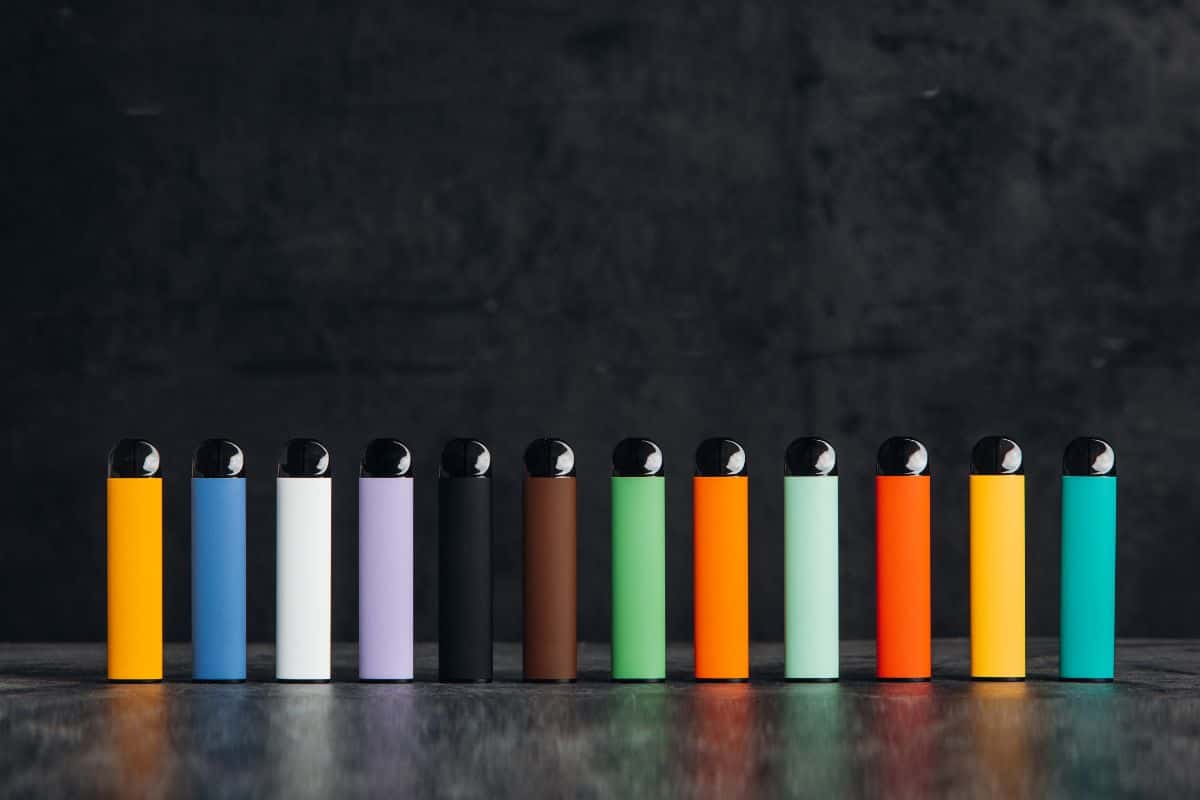
In addition to battery capacity, how often a user vapes and their charging habits can greatly impact the overall life of a rechargeable vape. It is recommended to practice proper care and maintenance, such as using the provided charger and avoiding overcharging, to prolong the lifespan of the device. Ultimately, understanding these factors can help users make better decisions when purchasing a rechargeable vape and ensure a satisfactory experience.
Table of Contents
Understanding Vapes
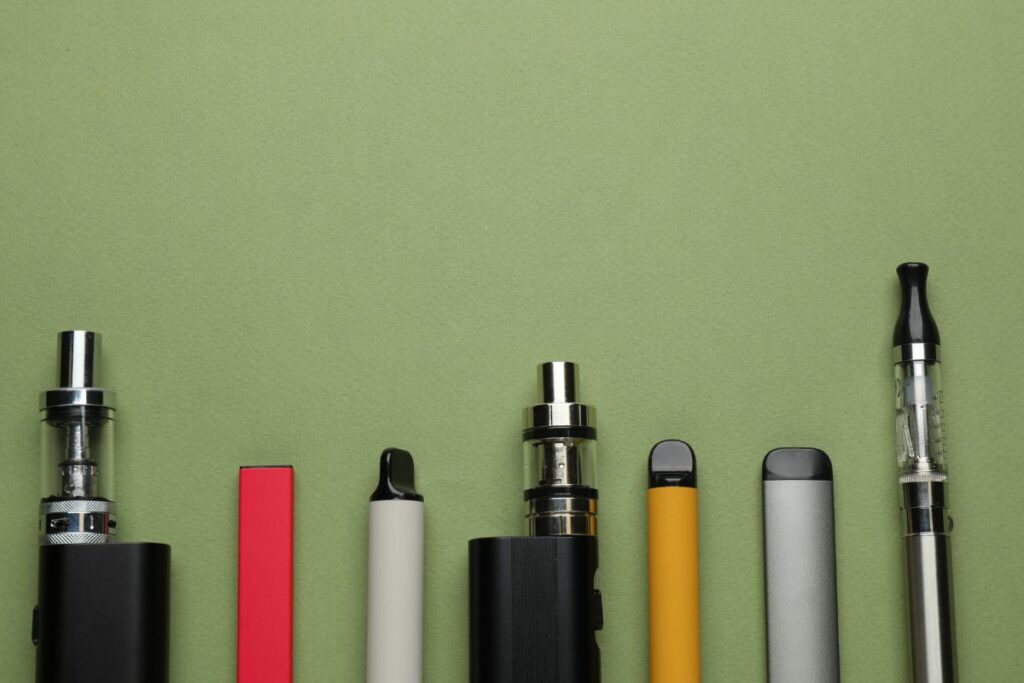
Vaping has become a popular alternative to traditional smoking methods. To fully grasp the topic of rechargeable vapes and their longevity, it’s important to understand the different types of vapes and their components.
Types of Vapes
There are several types of vapes available on the market, each catering to different preferences and needs. Vapes can generally be categorized into two main groups: rechargeable and disposable.
- Rechargeable Vapes: These devices have a rechargeable battery and are designed for long-term use. Examples of rechargeable vapes include vape pens and e-cigarette devices from well-known brands like SMOK.
- Disposable Vapes: As the name suggests, disposable vapes are designed for short-term use and are discarded once their battery life or e-liquid is depleted. An example of a disposable vape is the Esco Bars Ripe Collection 2500.
The Anatomy of Vape Pens
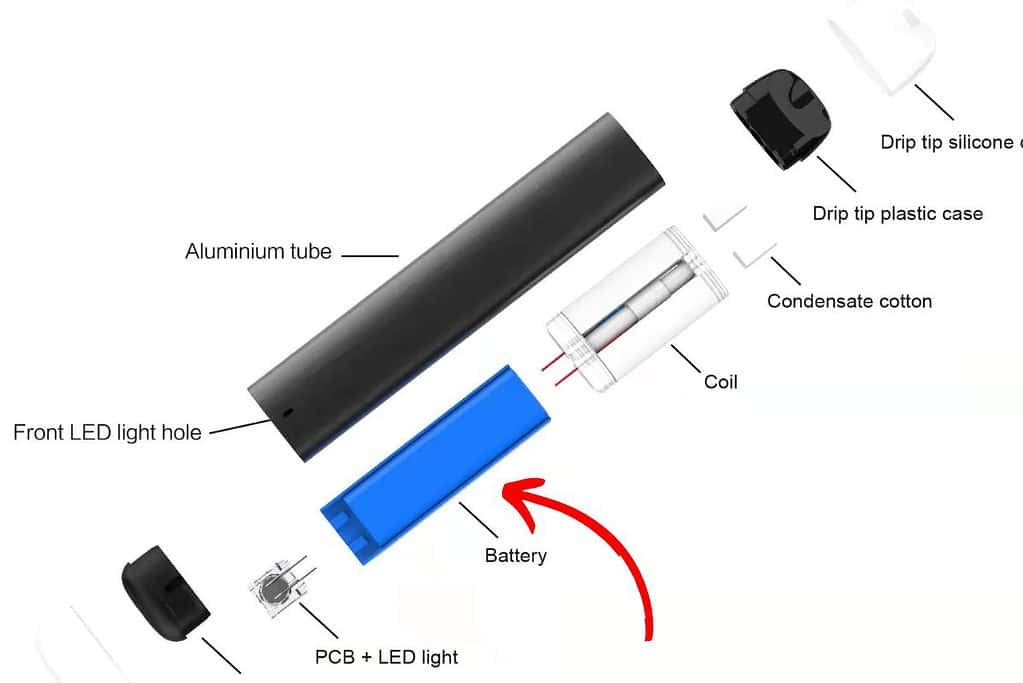
Vape pens, a type of rechargeable vapes, consist of several components that work together to produce vapor. Understanding the anatomy of a vape pen will help users maintain their devices and ensure they last as long as possible. The primary components of a vape pen are:
- Battery: This provides power to the heating element, which in turn vaporizes the e-liquid. Rechargeable vape pens have batteries that can be charged, while disposable vape pens use a non-rechargeable battery.
- Atomizer: The atomizer houses the heating element, also known as the coil, which heats up the e-liquid to create vapor.
- Coil: The coil is the heating element within the atomizer that vaporizes the e-liquid. Coils can vary in design, materials, and resistance levels, which can impact the overall vaping experience.
- Mouthpiece: Users inhale vapor through the mouthpiece, which is usually removable and can be replaced with different styles or materials for a customized experience.
- E-liquid: This is the liquid that gets vaporized by the coil. E-liquid typically contains nicotine, propylene glycol, and/or vegetable glycerin, along with various flavorings.
By understanding the components of a vape pen, users can ensure proper maintenance and achieve the best possible performance from their devices. Choosing a high-quality vape pen and vape hardware will further enhance the longevity and performance of a rechargeable vaping device.
Battery Life and Maintenance
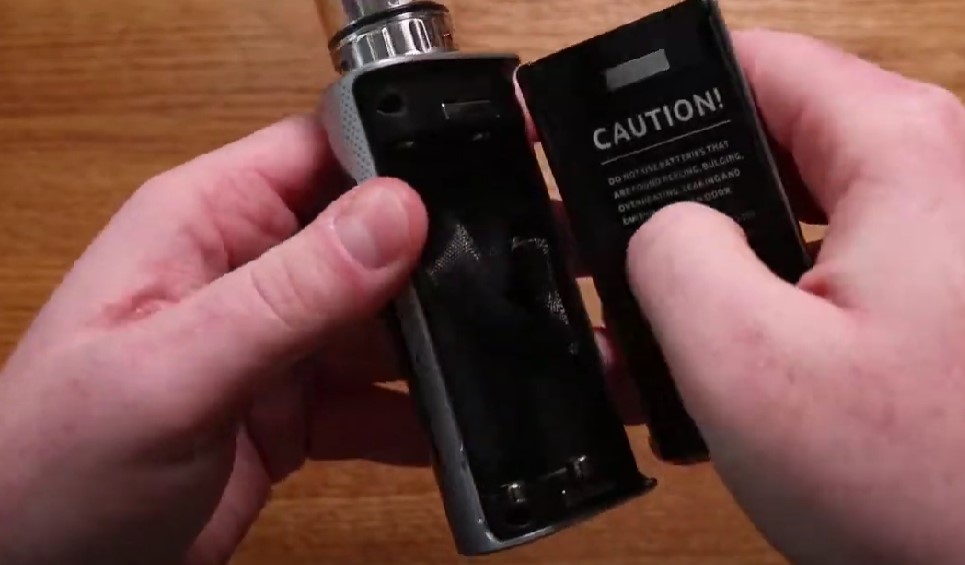
General Lifespan
Rechargeable vape batteries have varying lifespans depending on factors like capacity, usage, and charging practices. Typically, rechargeable batteries can last between 300 and 500 charging cycles before their performance starts to decline. A cycle is when a battery completely drains and then fully recharges. The number of puffs a fully charged vape battery can provide depends on the battery’s capacity, measured in milliampere-hours (mAh), and the device’s power usage.
Factors Affecting Battery Life
- Battery capacity: Larger vape pen batteries naturally have a longer battery life, allowing for more puffs per charge. For example, some 6000-puff disposable vapes and 8000-puff disposables can last for an extended period without requiring a recharge.
- Usage: Heavy users will have to recharge their batteries more frequently compared to casual users. This frequent charging may shorten the overall lifespan of rechargeable batteries.
- Charging cycles: With each charging cycle, a battery’s maximum capacity decreases slightly. Over time, this reduction in capacity will shorten the interval between charges.
- Overcharging: Keeping rechargeable batteries connected to a charger once they are fully charged can harm the battery and reduce its overall lifespan. It’s crucial to disconnect vape pen batteries from the charger as soon as they are charged.
- Battery level: Allowing the battery to deplete entirely before recharging helps maintain a more extended lifespan. Recharging the battery too early can lead to a gradual decrease in maximum capacity.
To get the most out of your rechargeable vape batteries, practice proper charging habits, avoid overcharging, and ideally use a charger designed specifically for vape batteries. Maintaining optimal battery levels and using high-quality vape batteries can further contribute to preserving their lifespan and ensuring a safe and enjoyable vaping experience.
Vaping Experience

Vapor Production
One of the key factors in vaping experience is the production of vapor, which depends on various elements such as vape device, vape juice, temperature, and airflow. The Yocan Evolve Plus Vaporizer for example, is a popular device known for its reliable and consistent vapor production. Vapor production affects the density, flavor, and satisfaction level of each puff.
Temperature plays a crucial role in vapor production. Higher temperatures can lead to larger clouds and more intense flavors, while lower temperatures provide a smoother and more subtle vaping experience. Airflow control allows vapers to adjust the amount of air passing through the device, which further influences vapor production. Adjusting the airflow can create a more airy or more restricted draw, depending on personal preference.
Customization and Control
Vaping devices offer different levels of customization and control, allowing users to tailor their experiences to their personal preferences. One aspect of customization is the ability to adjust voltage settings, which affects the power output and ultimately the vapor production. Higher voltage settings result in more vapor and stronger flavors, while lower voltages provide a smoother experience.
Another aspect of customization is choosing the appropriate vape juice, which comes in various flavors, strengths, and nicotine levels. Selecting a preferred flavor enhances the enjoyment of vaping, while the nicotine strength determines the satisfaction and potential throat hit derived from each puff.
In conclusion, a satisfactory vaping experience largely depends on factors like vapor production, temperature, airflow, and customization in terms of voltage settings and vape juice selection. By taking these factors into account, vapers can optimize their experience and make the most out of their rechargeable vapes.
Disposable vs Rechargeable Vapes
| Feature | Disposable Vapes | Rechargeable Vapes |
|---|---|---|
| Initial Cost | Lower upfront cost | Higher initial investment |
| Long-term Cost | Potentially more expensive over time | Lower long-term cost due to refillable pods/cartridges |
| Battery Life | Pre-charged, limited lifespan | Longer battery life, multiple recharges |
| Convenience | No charging or refilling needed | Periodic charging and refilling required |
| Environmental Impact | Considered less eco-friendly | More sustainable due to reusable components |
| Customization | Limited flavor/nicotine options | Wide range of flavors, strengths, e-liquids |
| Brands/Models | Fewer options compared to rechargeable | Wide variety of brands, models, styles |
| Maintenance | No maintenance required | Occasional cleaning, coil replacement |
| Ease of Use | Very user-friendly | Adjustable settings and features |
| Nicotine Strength | Limited options, usually fixed | Various nicotine strengths available |
| Regulation/Availability | Availability and regulations vary | More established market with clearer regulations |
Pros and Cons
Disposable vapes, like the Mr Fog Switch SW5500 and the SMOK Novo Bar AL6000, are known for their convenience as they come pre-filled with e-liquid and don’t require maintenance. However, they tend to offer a limited selection of flavors compared to rechargeable vapes. Rechargeable vapes, such as the Esco Bars Ripe Collection 5000 and the Torch 5000, allow users to refill and change flavors, while also providing a more customizable and sustainable vaping experience.
Cost Efficiency
In terms of cost efficiency, disposable vapes are generally associated with lower upfront costs. However, over time, the costs can accumulate due to the need to purchase new disposable vapes after the e-liquid is finished. On the other hand, rechargeable vapes come with a higher initial cost but prove to be more cost-effective in the long run, as users only need to invest in e-liquid refills and occasional replacement of components.
Environmental Impact
Disposable vapes are single-use, which means they create more waste when compared to rechargeable vapes. Rechargeable vapes have a lower environmental impact due to the fact that they can be recharged and refilled multiple times before needing to be replaced. Companies and users that prioritize sustainability should consider choosing a rechargeable vape over disposable ones to reduce waste and contribute to a cleaner environment.
E-liquids and Cartridges
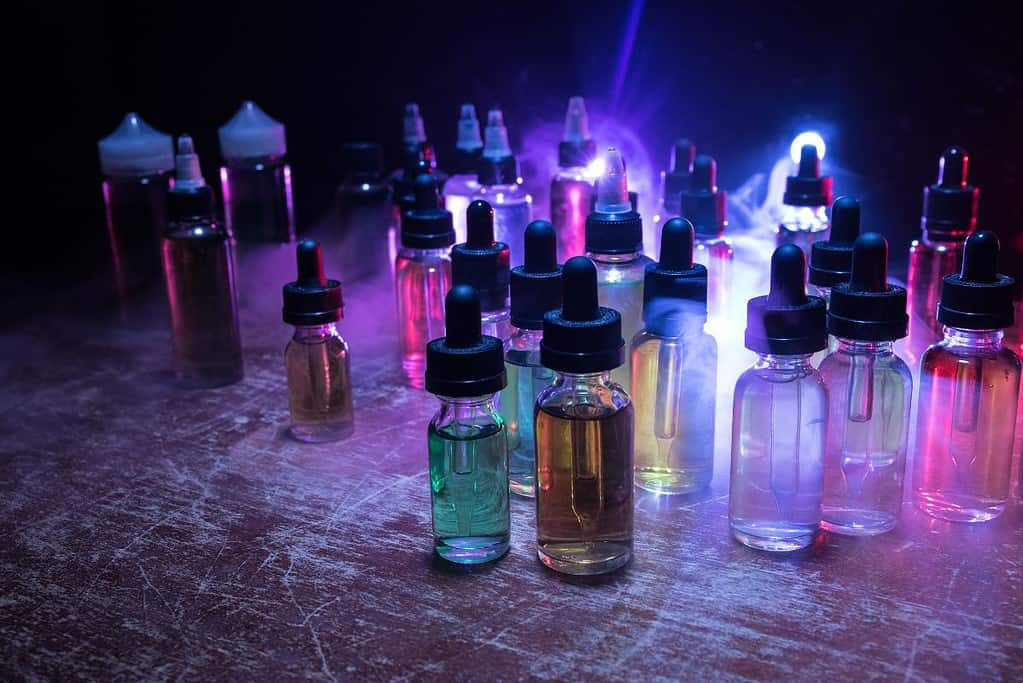
Types of E-liquids
E-liquids, also known as vape juice, are a crucial component in vaping. They come in various flavors and can contain different levels of nicotine or other active ingredients such as CBD or THC. Some e-liquids are made for use in dry herb vaporizers, while others are created specifically for use in vape pens and devices designed for oils and concentrates. Cannabis-derived e-liquids may contain a range of strains, each providing unique effects and benefits to the user.
Nicotine E-liquids come in different strengths, allowing users to choose the level that best suits their needs. These e-liquids are commonly used by individuals transitioning from smoking to vaping.
CBD E-liquids are increasingly popular for their potential therapeutic benefits, including promoting relaxation and helping with anxiety. Some of the best CBD gummies also use this type of e-liquid for natural wellness boosts.
THC E-liquids contain varying concentrations of the psychoactive compound found in cannabis. These are typically derived from various strains, resulting in different effects on the user.
Cartridge Lifespan
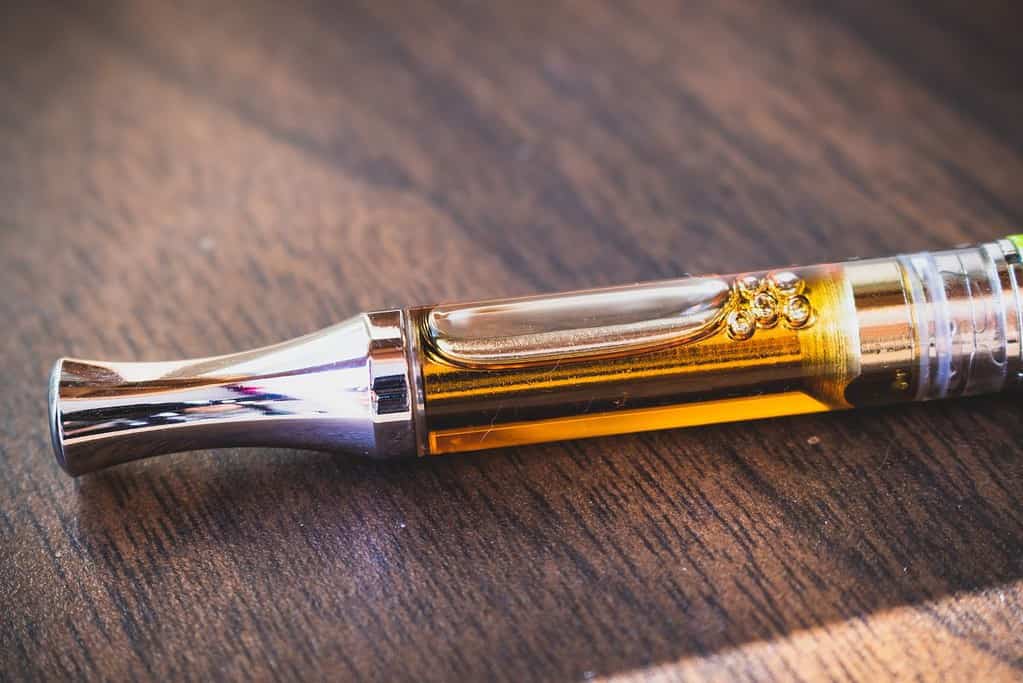
Vape cartridges are pre-filled, disposable containers of e-liquid and are typically designed for a specific type of vaping device. Cartridges can vary in size and capacity, typically holding between 0.5ml to 2ml of e-liquid. The lifespan of a cartridge mainly depends on factors such as the user’s vaping habits, puff count, and the viscosity of the e-liquid.
- Puff Count: Most cartridges have a specific number of puffs they can provide before running out of e-liquid. This number can range from a few hundred to over a thousand puffs per cartridge.
- E-liquid Viscosity: The thickness of an e-liquid can impact cartridge performance and lifespan. Thicker e-liquids, such as those containing oils, may require more frequent cartridge replacement due to clogging or reduced efficiency.
- Refillable vs. Disposable Cartridges: Some vape devices use refillable cartridges, which allow users to add more e-liquid once the initial fill runs low. These cartridges may last longer than disposable options, as they can be cleaned and reused multiple times. However, they still have a limited lifespan and will eventually need to be replaced.
In conclusion, the lifespan of a vape cartridge depends on factors such as the type of e-liquid, user habits, and cartridge design. Users are encouraged to monitor their vaping habits, replace cartridges as needed, and experiment with different e-liquids and devices to find the best combination for their needs.
Charge and Storage
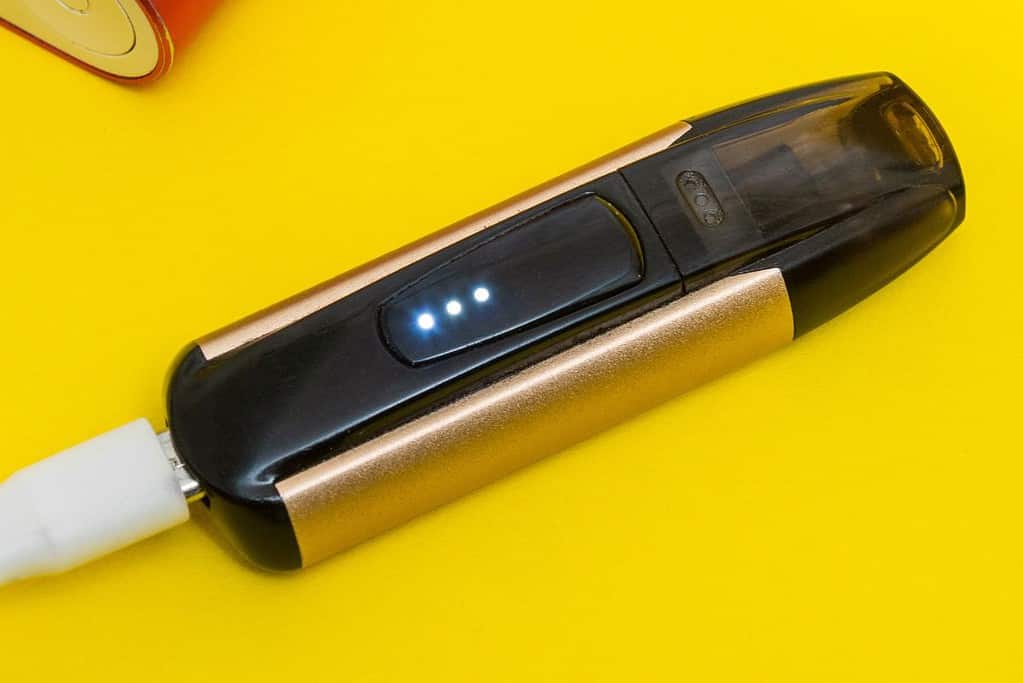
Proper Usage and Storage
Rechargeable vapes have become popular due to their convenience and environmentally friendly nature. To maintain optimal performance and prolong the life of your vape pen, it’s essential to follow proper usage and storage practices. Starting with charging, always use the recommended vape pen chargers and 510 thread batteries specifically designed for your device. Avoid using other chargers or cables that may not match your vape pen’s power requirements.
When not in use, store your rechargeable vapes in a cool, dry place away from direct sunlight and extreme temperatures. High temperatures can cause the battery to degrade faster, while very low temperatures may affect the vape’s performance. It’s also a good idea to disconnect your vape pen from the charger once it’s fully charged to prevent overcharging and potential battery damage.
Troubleshooting Charging Problems
Sometimes, rechargeable vapes might face charging problems. If your vape pen isn’t charging properly or at all, there could be different reasons. Start by examining the USB charger and the cable you’re using. Inspect both for any visible damage or dirt, and clean the USB port with a soft cloth if needed. It’s important to try different charging cables and power sources to identify if the issue lies with the USB cable or the charger itself.
Another aspect to consider is the battery. If you’ve been using your rechargeable vape for quite some time, the battery may have reached the end of its shelf life. Batteries have a limited number of charging cycles, and as they age, their ability to hold a charge diminishes. In such cases, replacing the battery with a new one can solve the problem and extend the life of your vape pen.
Conclusion
Rechargeable vapes have become increasingly popular due to their long-term cost-effectiveness and improved vaping experience. In general, they offer better overall performance and longer battery life compared to disposable options. Battery life is a significant factor for vapers, and rechargeable devices often provide extended periods of use.
After a period of heavy use, customers will notice that the performance of their rechargeable vape will begin to decline. This typically happens as the battery loses its charge capacity over time. However, the duration of a rechargeable vape’s life depends on the battery technology and usage patterns. In some cases, they can last for several months or even years before needing a replacement.
Apart from battery life considerations, users must also take into account the cost-effectiveness and environmental impact of their vaping choice. While disposable e-cigarettes may appear to be an affordable option initially, the cost of repeatedly purchasing new devices eventually outweighs the investment for a rechargeable vape. Furthermore, disposable options contribute to e-waste, making them less environmentally friendly.
In conclusion, rechargeable vapes offer a combination of longer battery life, an enhanced vaping experience, and cost savings over time. They prove to be a smarter choice for individuals looking to enjoy vaping in a more economically and environmentally conscious way. However, it is essential to keep in mind the factors that impact their overall lifespan and to monitor devices for signs of declining performance.
Browse popular vape collections:
- Nicotine Disposables
- 2000 Puff Nicotine Disposable Vapes
- 2500 Puff Nicotine Disposable Vapes
- 5000 Puff Nicotine Disposable Vapes
- 6000 Puff Disposable Nicotine Vapes
- 7000 Puff Nicotine Disposable Vapes
- Disposable Vape Deals
- Best Vape Brands
- 8000 Puff Nicotine Disposable Vapes
- 9000 Puff Nicotine Disposable Vapes
- 5% Nicotine Disposable Vapes
- Rechargeable Nicotine Disposable Vapes
- Vape Coils
- Dab Wax Pens
- Dab Wax Pen Battery
- Yocan Vapes
- Vape Cases
Frequently Asked Questions
How long can a typical rechargeable vape be used before needing a recharge?
A typical rechargeable vape can be used for varying periods before needing a recharge, depending on factors like battery capacity and usage habits. For example, some devices may last several hours or even a full day on a single charge, while others may only last a few hours. It is essential to consider your vaping habits and research specific device models when purchasing a vape to ensure it meets your battery life expectations.
What is the average puff count for a rechargeable vape before the battery is depleted?
The average puff count for a rechargeable vape before the battery is depleted varies between models and depends on factors like the device’s power output and battery capacity. Some vapes may offer around 200-300 puffs per charge, while more powerful devices with larger batteries can provide up to 800 or more puffs per charge (source).
Do the number of puffs of a rechargeable vape correlate with its longevity?
The number of puffs a rechargeable vape can deliver before needing a recharge does have an impact on its overall longevity. Devices that provide more puffs per charge generally have larger battery capacities, which can lead to longer overall lifespans. However, other factors like build quality, device maintenance, and usage habits can also heavily influence vape longevity.
What factors affect the lifespan of a rechargeable vape?
Various factors affect the lifespan of a rechargeable vape, including the device’s build quality, battery capacity, usage habits, proper maintenance, and charging practices. Keeping the device clean and using the manufacturer’s recommended charger can help prolong the vape’s lifespan. Also, avoiding overcharging and extreme temperatures can contribute to extending the life of the battery.
Are there any differences in longevity between various rechargeable vape brands?
There can be significant differences in longevity between various rechargeable vape brands due to differences in build quality, battery technology, and design. Some reputable brands may use higher-quality materials and more advanced battery technology, resulting in more durable and longer-lasting devices (source). When selecting a rechargeable vape, it’s crucial to research specific brands and models to ensure they meet your quality and longevity expectations.
Can the lifespan of a rechargeable vape be extended through proper maintenance?
Yes, the lifespan of a rechargeable vape can be extended by practicing proper maintenance. This includes cleaning the device regularly, using the manufacturer’s recommended charger, avoiding overcharging, and keeping the vape away from extreme temperatures. Taking good care of your rechargeable vape can significantly impact its performance and longevity.

